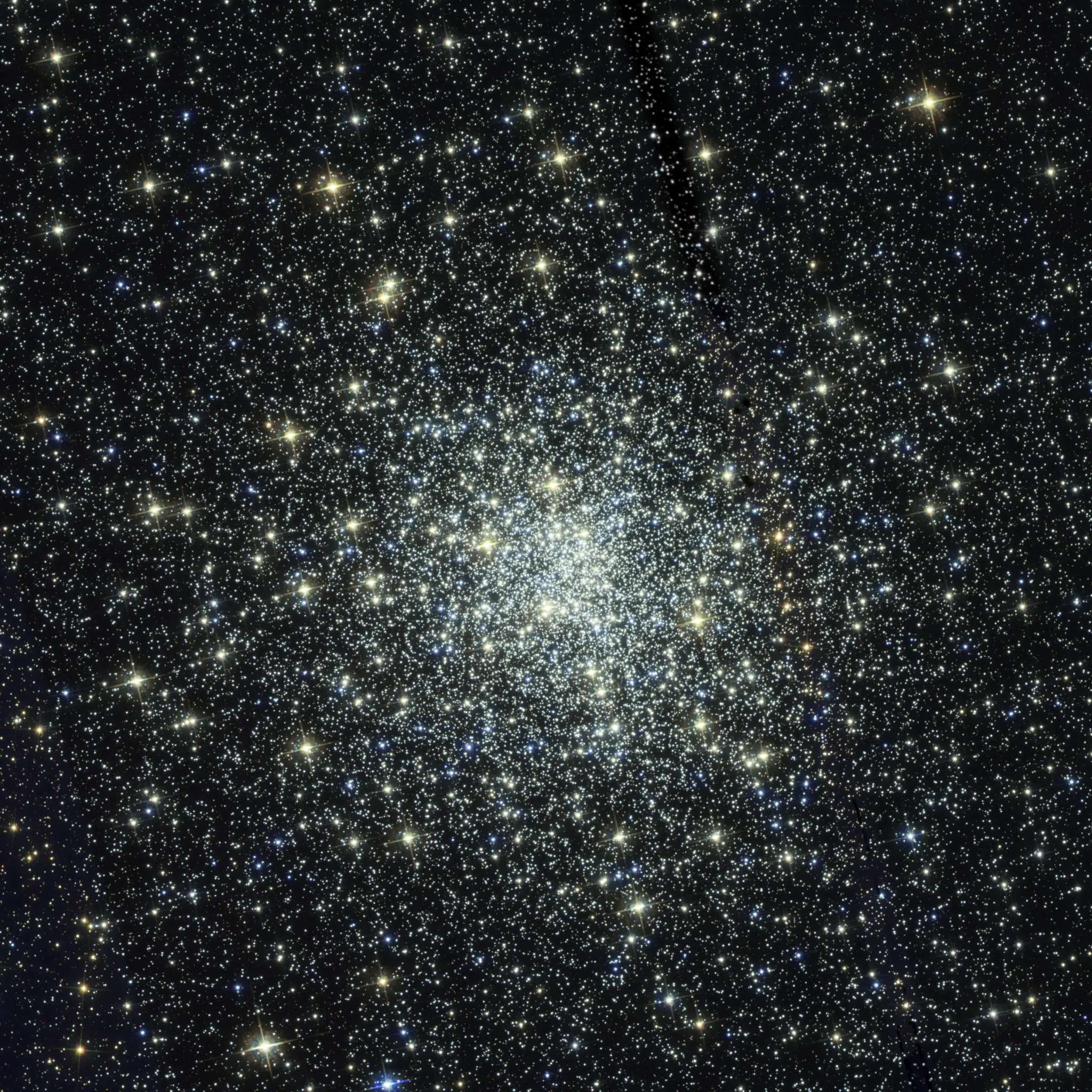M28 | NGC 6626 | Globular Cluster | Sagittarius | 17,900 Light Years Away
Messier 28 is a globular cluster located in the constellation Sagittarius, discovered by Charles Messier in 1764. Situated approximately 18,000 light-years away from Earth, this dense assembly of stars is part of the Milky Way galaxy. With a diameter of about 60 light-years, Messier 28 contains a significant population of stars, estimated to be in the order of tens of thousands, all gravitationally bound together in a spherical configuration.
The stars within Messier 28 are tightly packed in its central region, creating a luminous core that contributes to the overall brightness of the cluster. Globular clusters like Messier 28 are typically composed of older stars, and the study of their properties provides astronomers with valuable information about the early stages of galaxy formation. Observations of Messier 28 have been conducted across various wavelengths, contributing to our understanding of the dynamics, structure, and evolution of globular clusters within the Milky Way.
Despite its location near the crowded central region of the galaxy, Messier 28 is not as conspicuous as some other globular clusters. However, its study remains significant in advancing our knowledge of the stellar populations in the Milky Way and the broader processes that have shaped our galaxy over cosmic time. The examination of globular clusters like Messier 28 provides a glimpse into the ancient history of our galactic neighborhood, offering astronomers valuable insights into the conditions prevailing during the early epochs of the universe.

